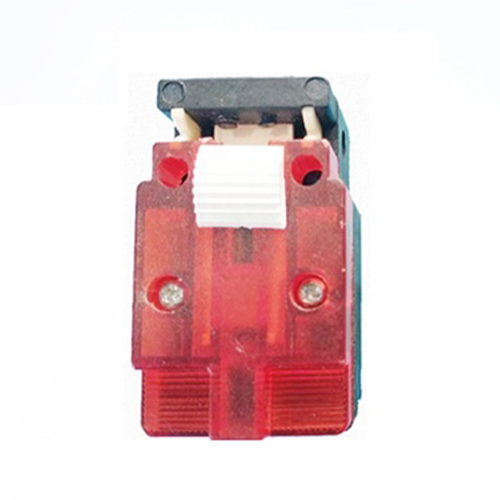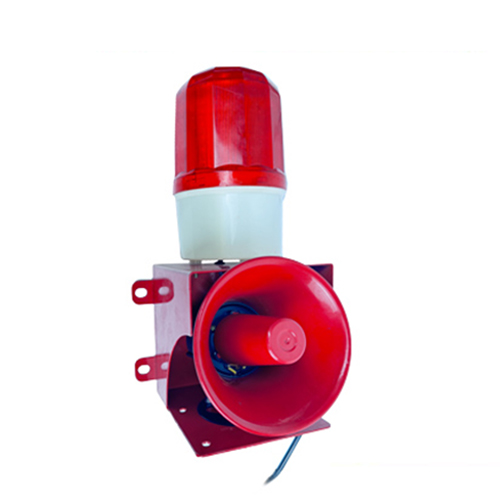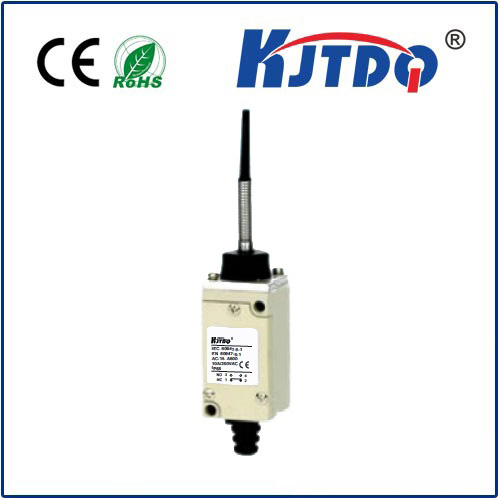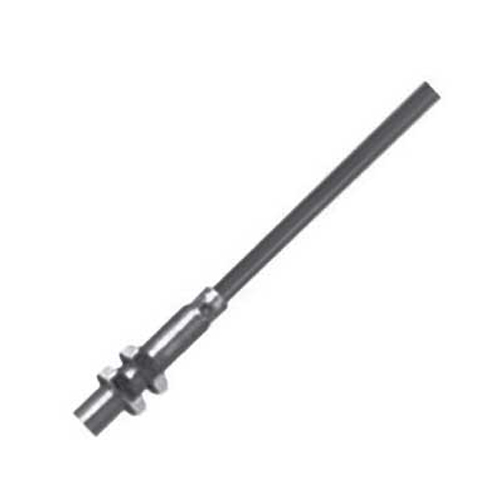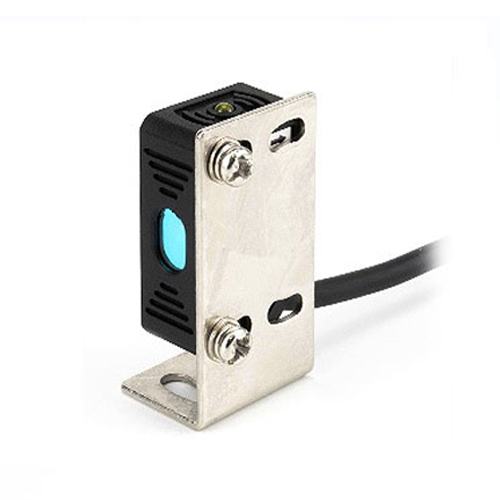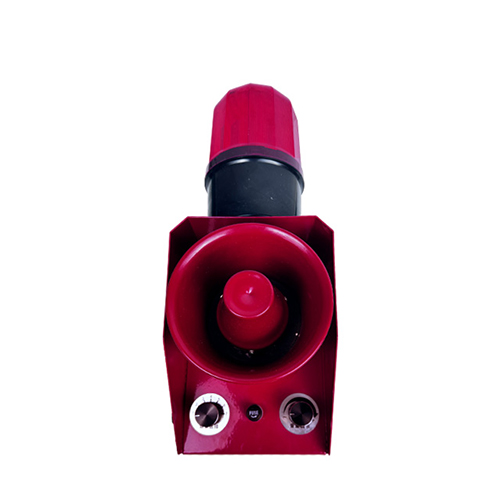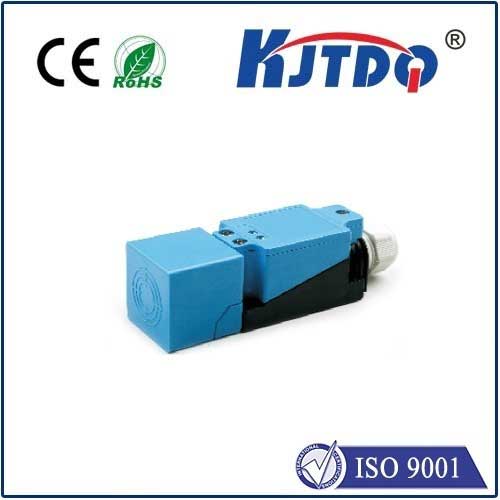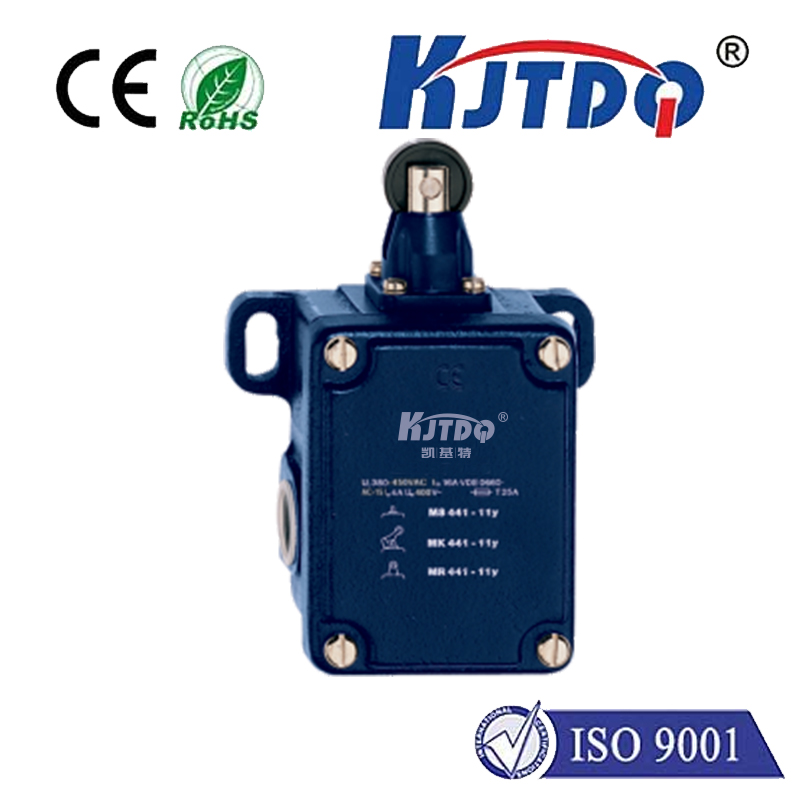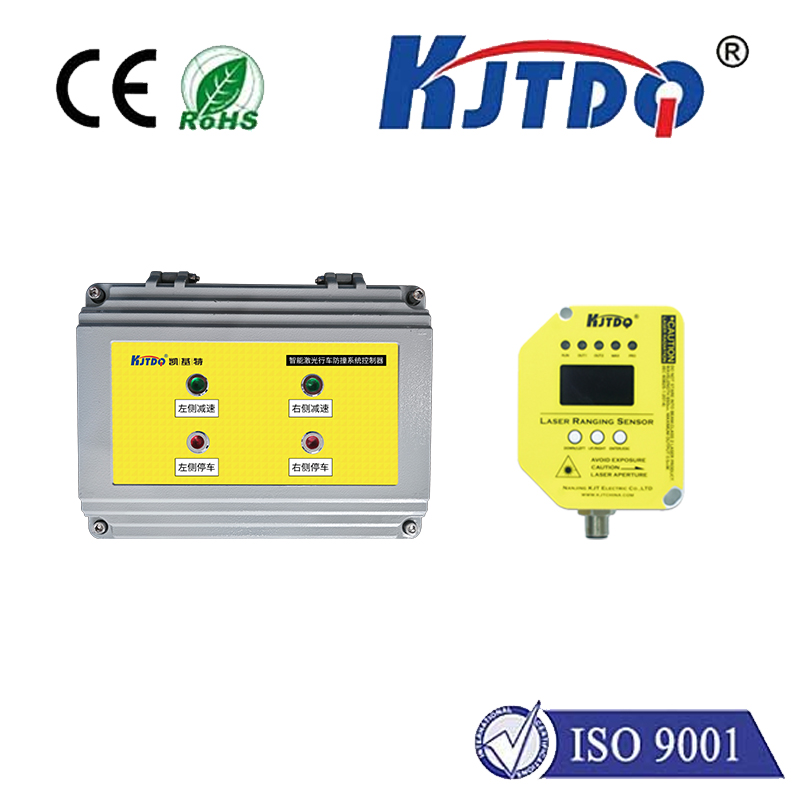

check

check

check

check

check

check

check

check

check

check
Introduction:
The rise of the Internet of Things (IoT) has brought about numerous opportunities for innovation and development. One of the most essential components of IoT devices is the ability to sense their environment and interact with it. A simple proximity sensor is an excellent tool for achieving this functionality. In this article, we will explore what a simple proximity sensor is, how it works, and how to use it in your next IoT project.
Section 1: What is a Simple Proximity Sensor?
A simple proximity sensor is a device that can detect the presence or absence of an object or person within a certain range. It uses electromagnetic fields or infrared radiation to send and receive signals, allowing it to determine the distance between the sensor and the object. There are two types of proximity sensors: magnetic and infrared. Each type has its advantages and disadvantages depending on the specific application.
Section 2: How Does a Simple Proximity Sensor Work?
A simple proximity sensor works by emitting a signal that travels through the air and reflects off objects in its path. When an object comes into contact with the sensor's emitter, the signal is interrupted, causing a change in the sensor's reading. This change is then processed by the sensor's microcontroller, which converts it into a meaningful value. For example, a magnetic proximity sensor may read the strength of the electromagnetic field produced by an object, while an infrared proximity sensor may detect changes in the reflected infrared radiation.
Section 3: Using a Simple Proximity Sensor in Your IoT Project
Once you have acquired a simple proximity sensor, you can integrate it into your IoT project using a microcontroller platform such as Arduino or Raspberry Pi. To do this, you will need to connect the sensor to the microcontroller using appropriate connectors, such as headers or pin connections. You will also need to write code that reads the sensor's output and interprets it into actions that can be taken by your IoT device. For example, if you want your device to turn on when someone approaches it, you would write code that triggers a motor or LED when the sensor detects a change in its reading.
Conclusion:
A simple proximity sensor is an excellent tool for enabling IoT devices to sense their environment and interact with it. By understanding how these sensors work and how to use them in your projects, you can create innovative and intelligent devices that improve our lives in countless ways. Whether you are building a home automation system, a medical device, or any other type of IoT application, incorporating a simple proximity sensor is a great way to start. So why not give it a try today?
